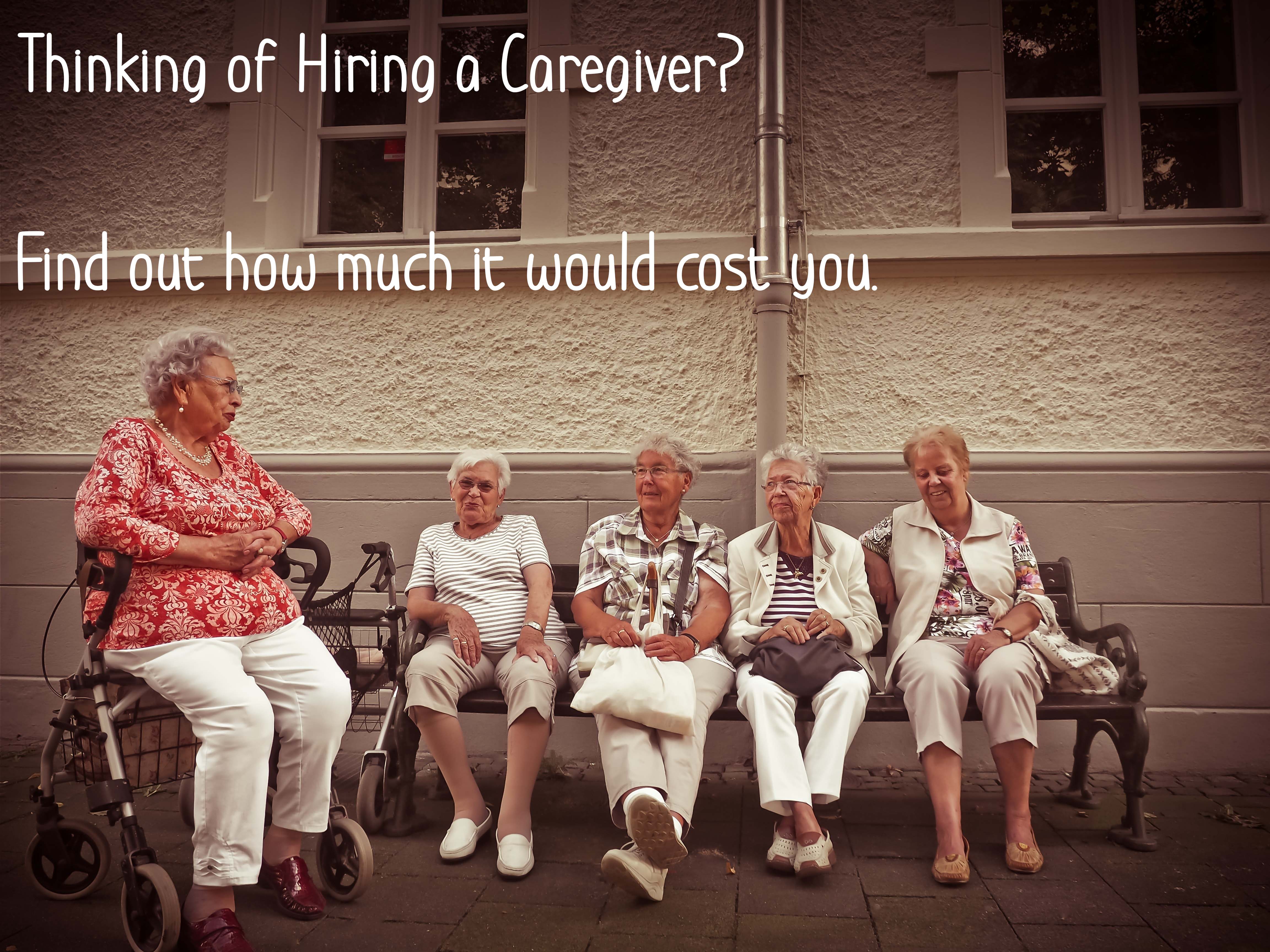New Bike Styles for Comfort and Ease
 The large hills looming between Lucy Rigg McAdams’ home and Lake Washington inside Seattle gave her the willies. The greeting card illustrator, 66, couldn’t pedal her trusty 20-year-old bike up a series of 500-footers that would deliver her downtown to run errands. She used to ride that bike up and down the hills of Switzerland in her 40s, but these days her legs, back and hips don’t have the strength they once did.
The large hills looming between Lucy Rigg McAdams’ home and Lake Washington inside Seattle gave her the willies. The greeting card illustrator, 66, couldn’t pedal her trusty 20-year-old bike up a series of 500-footers that would deliver her downtown to run errands. She used to ride that bike up and down the hills of Switzerland in her 40s, but these days her legs, back and hips don’t have the strength they once did.
Help came this spring from a friend’s son, Wakefield Gregg, the owner of the recently opened eBike Store in Portland, Ore. He loaded eight pedal-assisted electric bikes in a van, drove 200 miles to her in-town address and let her test each one for sturdiness, comfort and speed.
His customer was astonished at what she saw and promptly surged up hills she once thought insurmountable…
Rigg McAdams quickly found out what many other 50-plus Americans have been discovering—the U.S. bike market is now catering to their wants and needs. Many older bicyclists aren’t looking for sturdy mountain bikes designed for daredevils or racing styles for Lycra-clad hard bodies. Instead, they’re interests are piqued by the newer, more comfortable models broadly referred to as “lifestyle” bikes.
Lifestyle bikes boast features like padded seats for a soft ride; lower, U-shaped crossbars for trouble-free mounting; low gears for easy pedaling; and a sturdy, upright frame for balance. And some, like Rigg McAdams’ new $1,800 wheels, are power-assisted.
This interest has made such bikes the hottest category of two-wheeled transportation today. From an almost nonexistent market a decade ago, these lifestyle bikes now command a third of the 3.1 million bike sales anticipated in 2009.
But the most noteworthy shift in the market is who’s now riding bikes. “We’ve seen riders in the demographics between ages 9 and 29 plummet,” says Loren Snyder, spokesman for Cannondale USA in Bethel, Conn., citing figures from the Bicycle Products Suppliers Association. “But the number of baby boomers and older riders is skyrocketing. Since 1998, riders over 50 as a category has moved from 7 percent to 21 percent as of 2008.”
Click here to continue reading
Source: AARP
- Tags: Uncategorized
- Professional Medical














Comments 0